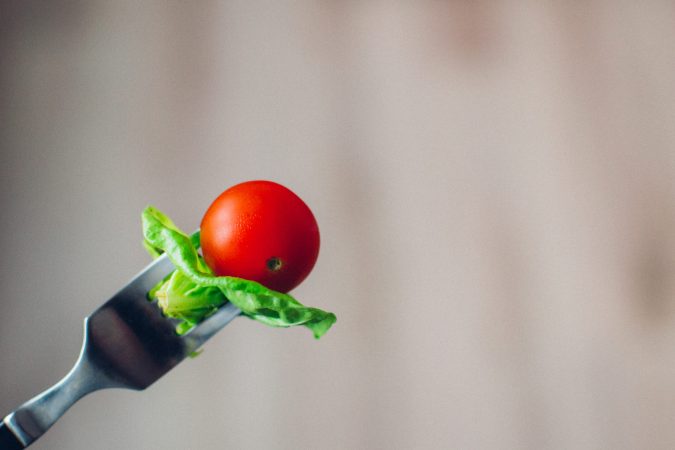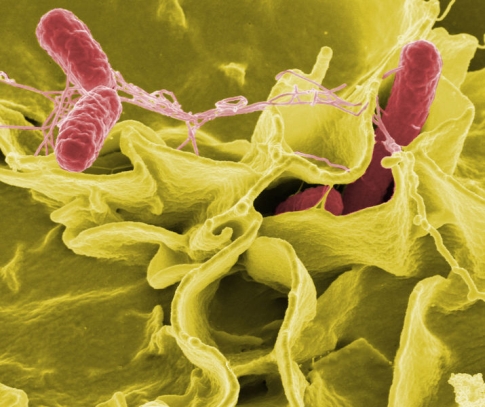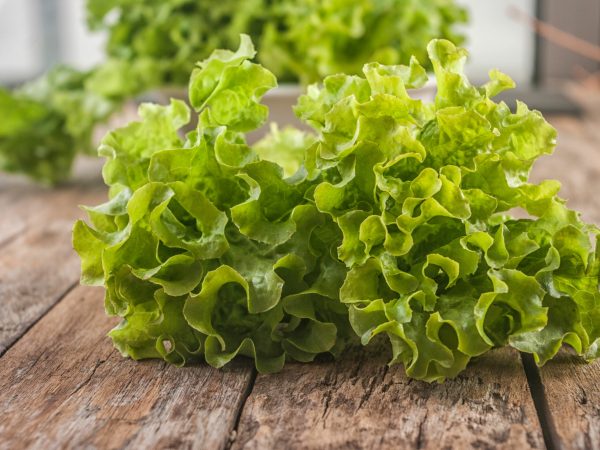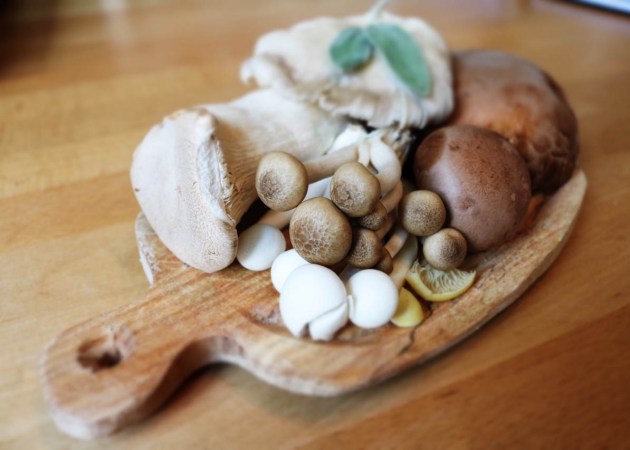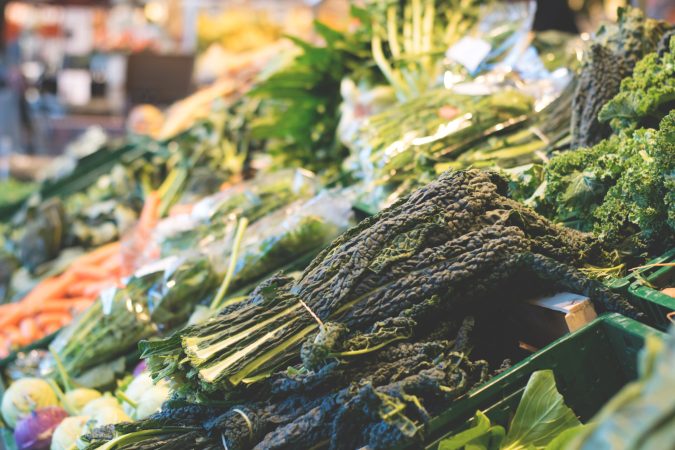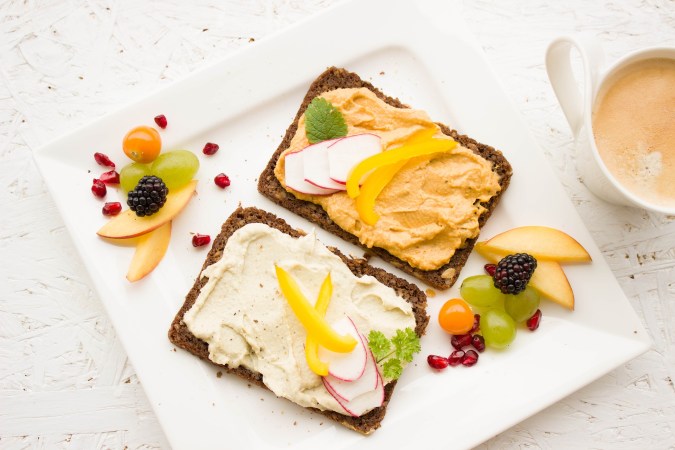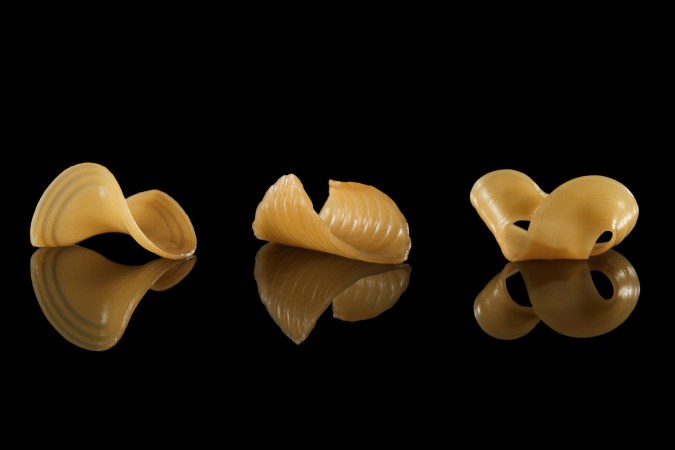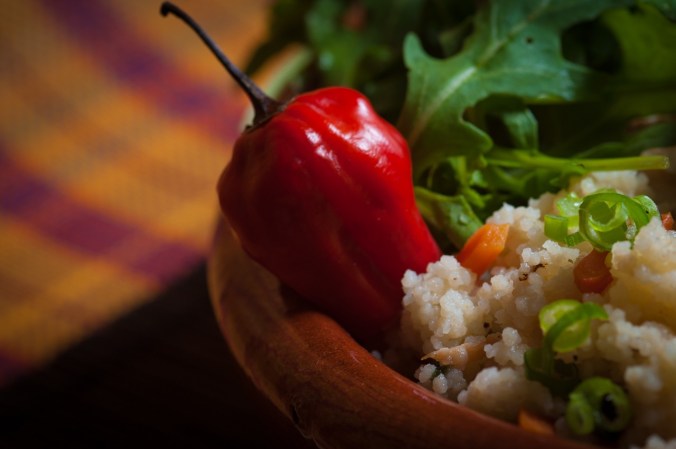


For the ancient Egyptians, eating an onion was like biting into a piece of eternity, so enamored were they of the vegetable’s spherical shape and concentric circles, supposedly representative of unending time.
For me, the experience of biting an onion is slightly less transcendent. I have an intolerance that renders me unable to eat allium plants—the family of food that includes onions, garlic, spring onions, leeks, chives, and scallions—without severe gastrointestinal problems.
Though no good data exists on the number of people with this peculiar problem, I’ve come to learn that I’m definitely not alone.
When I learned of my unfortunate falling out with the allium family, I’d been sick for almost a year with no explanation. At the risk of oversharing, let’s just say I was experiencing the first four of Pepto Bismol’s five jingle symptoms.
A few nights a week, I’d go out to dinner with my family or high school friends. I’d order a sizzling cast iron skillet of fajitas at my favorite Mexican restaurant, my eyes as wide as saucers, only to find my stomach bloating up like a blimp (think: the Hindenburg) before the meal was even over. The same troubling sensation also came with every slice of pizza (turns out, there’s garlic in most sauces), bite of steak (most is seasoned with mixed spices, including garlic) or lick of roast chicken over potatoes and onions (you see the problem here already, I presume).
After talking to multiple doctors, taking numerous blood tests, rejecting my mother’s very kind suggestion that I get a colon biopsy, and finding myself with zero clues about my condition, a dietician recommended trying an elimination diet using a handy chart called the FODMAP, which stands for the laughably inscrutable Fermentable Oligosaccharides, Disaccharides, Monosaccharides, And Polyols diet.
A list of foods that contain organic compounds known to cause bowels problems, FODMAP is a sprawling catalog of potential irritants—from onions and apricots to cous cous and chorizo. The idea isn’t to cut all of the FODMAP foods out of your diet, but to eliminate the items you think are most likely bothering you, see if you feel better, and then add the potential problem food back in to see if makes you miserable again. And in order to isolate which thing is truly needling you, you have to do it one ingredient at a time.
As a long-time lactose intolerant (I know, I know, my life sucks), I was already avoiding the FODMAP group characterized by its delicious cheeses and creamy desserts. On a hunch, I decided to remove fructo-oligosaccharides, or fructans, from the outset of my elimination experiment. Fructan, which differs dramatically from fructose, is a big molecule of simple sugars found in high concentrations in a range of plants—including many alliums. No one’s really clear on how fructan intolerance works, but evidence suggests that instead of being digested in my gut, fructans are fermented, causing all of that painful gas, bloating, and acid reflux. (I wouldn’t be so mad about all of this if I could turn my stomach problems into a million dollar craft brewery, but alas.)
Even though I had a lead, the process of confirming the source of my ills was still laborious. Remove onions, wait a few days, try onions, wait for a response, cry. Remove garlic, wait a few days, try garlic, wait for a response, prove once and for all you’re definitely a vampire, cry. Each new revelation sent me spiraling. I was sad, and I was hungry. But for the first time in a year, I at least knew what was wrong with me and could finally start moving forward.
Sort of.
It’s not surprising that this revelation came to me only with the help of FODMAP. Garlic is omnipresent—in 2014, the world produced 50 billion pounds of the stuff, along with about 6.2 billion pounds of onions—but it’s also almost invisible. Very few people, even doctors specializing in allergies, are trained to recognize allium issues. And when I got sick from something like pizza, I thought it was the milk, or the gluten, or even the tomatoes—anything but the trace amounts of garlic in the crust or sauce.
Plus, most people who are “allergic” to alliums aren’t actually allergic at all. They’re intolerant. With a true allergy, you’re vulnerable to an anaphylactic response, like you see with peanut allergies or shellfish allergies, where a small miscalculation can result in your throat closing up. With an intolerance, you just feel terrible, but you keep breathing.
Food allergies ultimately boil down to the actions of immunoglobulin E antibodies. A normal part of the body’s immune system response, IgEs plug offending allergens into an immune system receptor site that triggers the rapid production of histamines, which fight off attacks. Histamines have many important combat roles, but when they go overboard, they can shut the body down. That’s why Benadryl is an anti-histamine—it tries to stop histamines from going overboard and producing rashes or shallow breathing.
The origin of food allergies is poorly understood. From an evolutionary perspective, they’re pretty disadvantageous. It’s hard to populate the planet with numerous healthy offspring if you might die at any moment from an accidental encounter with an almond. That’s why many researchers think they’re a relatively new phenomenon.
One of the leading theories of allergies is called the “hygiene hypothesis.” This theory suggests that allergies come from the developed world being a little too clean these days. As a result, our bodies respond with IgE not just to real threats, but to anything new or mildly irritating. Kids who grow up on farms or have a lot of siblings have lower rates of allergies, lending weight to the theory that their immune systems are calmer because they dealt with a lot of dirty things early on. Other potential explanations for the rise in allergies in wealthy nations include too much folate in childhood and too little vitamin D throughout life.
While nothing is conclusive about the origins of allergies, food intolerance—like what I experience with alliums—is even more poorly understood. That’s in part because they (thankfully) aren’t life threatening, lending their study a little less urgency. But it’s also because they’re so poorly defined. An intolerance is, generally speaking, any troubling response to a particular class of foods that doesn’t trigger histamines, an IgE response, or that tell-tale respiratory distress. What’s more, unlike allergies, which have a shared underlying mechanism, intolerances vary drastically from person to person.
I met Taylor Keefe for the first time recently at a diner on Manhattan’s Upper West Side. Its sprawling menu and all-day breakfast (the most important and, on average, least garlic-y meal of the day!) was sure to accommodate us, which was important because Keefe has an allium intolerance, too.
“We’re a rare breed,” he told me. He was the first person I’d met with a garlic allergy; I was his second. Over his BLT and my eggs and ham, Keefe and I traded allium horror stories. His experiences differed from mine in many ways, but the stomach pain, frustration over missed culinary opportunities, and insistence we wouldn’t be isolated by our quirky guts remained constant.
Keefe’s initial symptoms were concentrated in his joints: he remembers a “funky” sensation in his elbow following many a meal in high school. For years, he attributed it to a dozen different things other than allium. (“I used to drink so much Mountain Dew back then,” he says with a laugh.) But one day, while working as a cook in a steakhouse, he took a bite out of a raw onion. “Within five minutes, I felt immediately gross,” he says. “I tasted onions for two days after.” For the first time, the relationship between an ingredient and an adverse reaction seemed clear.
“It just kind of slowly built. It got worse, progressively worse,” he says. Onions give him the same Pepto Bismol symptoms I get and garlic all but poisons him. He told me he’ll be up all night after an accidental allium attack—vomiting, shaking, even hallucinating.
What’s worse is that Keefe and I both know there is no fix. And there likely never will be.
In 2010, Eric Block appeared on NPR’s Science Friday to discuss his book Garlic and Other Alliums: The Lore and the Science and his 40 years of allium research. A listener called in to ask if there was anything he could do to fix his allergy. Block had some sobering advice:
Though the dream of a Lactaid-style pill to bust up allium is a nice one, it is as unlikely as Block made it sound.
Lactose intolerance is a result of not having enough lactase enzymes. Lactaid pills provide artificial lactase that eats up the lactose in milk, cheese, and other dairy products, just like a person without lactose intolerance who was producing enough lactase naturally would. But allium intolerances don’t work the same way—at least not to our knowledge. So for now, there’s no artificial allium-eating enzyme to send in as reinforcement.
The best solution Keefe has come up with is to carry GasX around for emergencies. That may minimize the effects of ingesting allium, but it certainly doesn’t stop the whole nefarious reaction in its tracks. So Keefe and I—and anyone else with this unusual problem—are tasked with avoiding garlic and onions altogether, at all cost.
And that’s no easy task.
Humans have been eating allium plants for thousands of years. Trace residues found lingering on the mummified face of the pharaoh Ramses IV suggest that when he died in 1160 B.C., those who entombed him placed wild onions on his eyes.
In the northern hemisphere—the natural habitat of these plants—ancient peoples dug up these wild vegetables wherever they happened to grow. But 7,000 years ago, humans began to cultivate alliums, selecting tastes and textures they particularly enjoyed and carefully growing crops near their homes. When we eat alliums today, we’re gobbling up the descendants of the plants our forefarmers cultivated ages ago.
These days, they’re about as ubiquitous as an ingredient can be. In sub-Saharan Africa, where garlic does not naturally grow, it’s farmed and used widely in cooking. Japanese cooks have long incorporated these ingredients in their food, but recently some have put garlic in ice cream—and people actually bought it. In the U.S., April 19 is National Garlic Day. And, as the favorite condiment of the Russian cosmonauts, fresh garlic has even been to space, though it’s not yet growing in any zero-gravity farms.
In fact, the only culture that totally eschews onions are Jains, followers of an ancient Indian religion. Jains keep a number of unique cultural practices, the core tenet of which is non-violence. But that doesn’t just mean no fighting or no meat eating (though it does mean both of those things). It also means no root vegetables. Jains believe that when you pull a root vegetable like a potato—or an onion or garlic—from the earth, you injure it. Because tubers and bulbs can continue to sprout more tubers and bulbs if you leave them be, they’re considered to be alive—so pulling one out of the ground to eat it is almost like killing and eating an animal.
While I haven’t gone to a Jain restaurant yet, I imagine it would feel pretty freeing to order any old item from the menu. Most menus are minefields for me to carefully navigate in search of mediocre, unseasoned dishes. Worse, I sometimes have a dish that’s not just good—it’s too good to be true. Sometimes a delicious meal comes back to bite me when, a few hours out the restaurant door, my body starts to fight the garlic oils or onion bits that infiltrated my meal.
There are obviously far worse diseases—and even allergies—to suffer from. I consider myself lucky, even as I desperately search for a New York pizza joint that won’t make my stomach blow up like a balloon. And it’s true that as a “fun fact about me” icebreaker, the weirdness of an allium allergy is pretty hard to beat. But on days when I get a little green over my boyfriend’s side of salsa, or envious of friends who order lasagna at an Italian restaurant while I’m left with a dressing-free salad, I do wish the human body could be just a little less mysterious.
